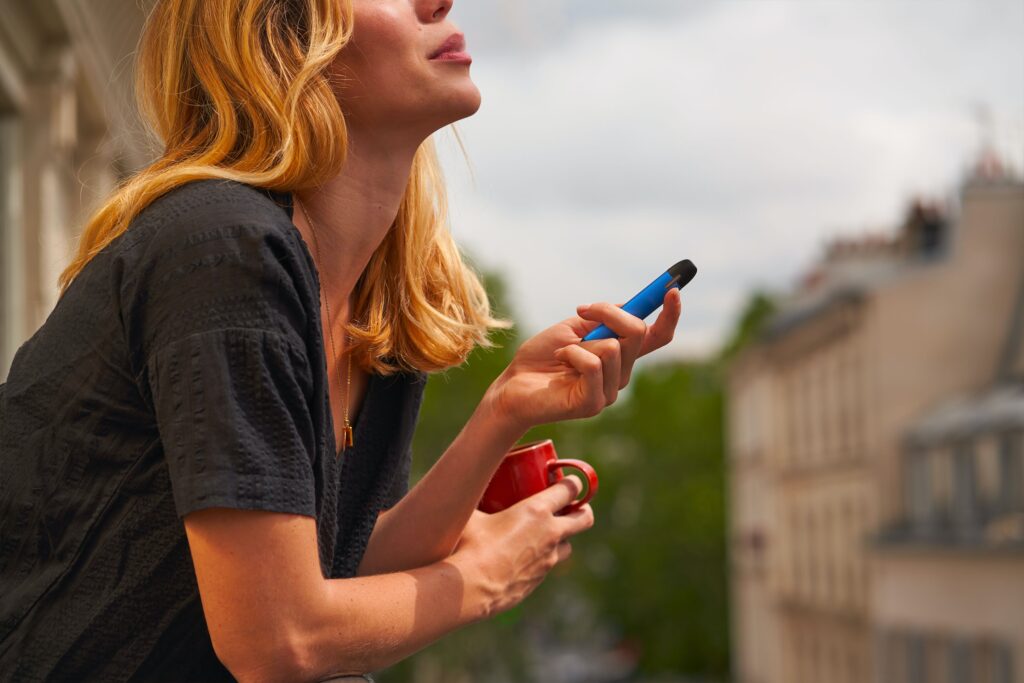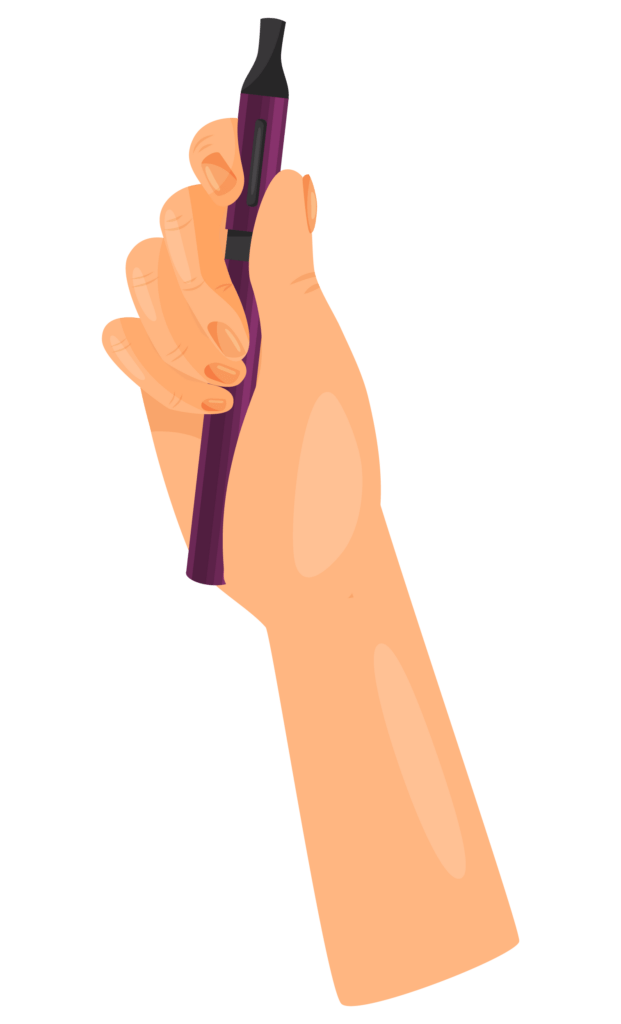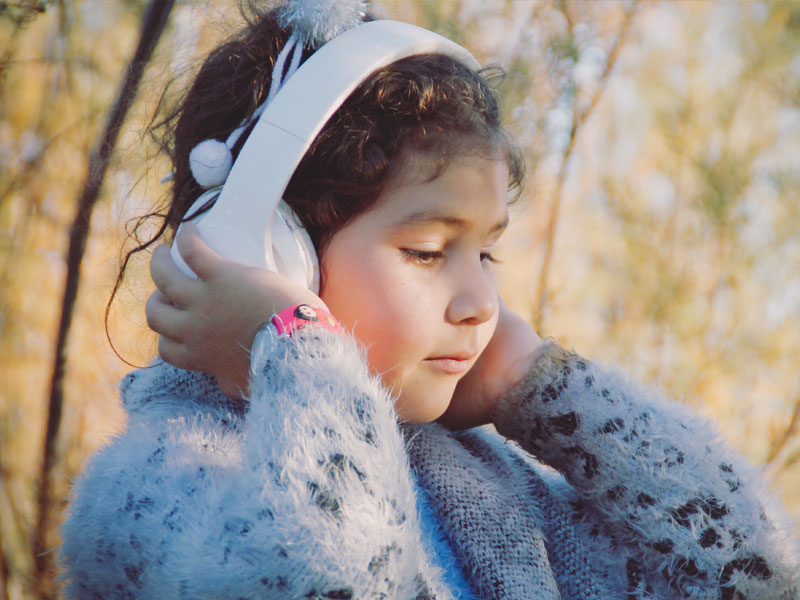Reading Time: 13.5 mins
September 17, 2024
Youth vaping has become a significant issue in UK schools. Recently conducted research from our partners at Zurich Municipal reveals that one in seven children have been caught vaping, and nearly half of those were under 11 years old.
The way that children acquire vapes raises many concerns, as (38%) of children that have been caught vaping have bought them from friends at school, which is the most common method. Other ways include taking them from family members (32%), buying them online (29%) or using fake ID to buy them in shops (22%).
*Due to multiple choice options, responses will not equate to 100%
A further fifth of children have found vapes in playgrounds or school toilets, underscoring how widespread the issue has become. Despite efforts by schools, only 20% of parents feel that there are adequate systems in place to detect vaping, leaving many concerned and looking to the upcoming Tobacco and Vape Bill for stricter regulations.
The rise of youth vaping is fuelled by various factors, including curiosity, peer pressure, and targeted marketing of colourful, sweet-flavoured disposable vapes. Research shows that children as young as eight are involved in buying and selling these devices on school grounds. Although some schools have taken steps to raise awareness and enforce stricter rules, many parents and teachers are still calling for stronger measures to protect children from the associated health and safety risks. As the government prepares to implement new legislation, the need for more comprehensive public awareness and school support is clear.
In response to the findings of Zurich Municipal’s research, Colin Stitt, Head of Safer Schools, said:
“This research is a stark warning: we must urgently safeguard our children and young people from the health risks and social harms of vaping. Banning sales and use is just the first step. We need far stronger action to curb the promotion of these products and restrict access to them, both online and offline.
We call on the government to take decisive action and urge educators, parents, carers, and community members to educate children about the risks of vaping. Open, honest, and non-judgemental conversations at home and school can dispel myths, empower young people to make informed choices, and minimise the influence of peers.”
Our online safety experts have taken a deeper look at youth vaping, including potential risks and helpful tips for parents, carers, and safeguarding professionals that will help them better understand this issue and how it might impact the young people in their care.


Vaping in the UK
Ever since vapes were first introduced in the UK in 2005, their popularity has increased each year. Zurich Municipal found that one in seven children have been caught vaping, and that 48% of those children were under 11 years old. Additionally, 13% of UK parents believe their child vapes daily, raising concerns about the frequency of use among young people. 40% of parents surveyed support the upcoming Tobacco and Vape Bill, with 7% calling for a ban on flavoured vapes to curb youth vaping.
A big part of the encouragement towards vaping as an option for smokers looking to quit comes from e-liquid ingredients. While vapes still contain nicotine and other chemicals, they do not contain tobacco or produce tar or carbon monoxide like standard cigarettes. This has led many to claim that vaping is ‘harmless’.
Nicotine is still an addictive substance, even in small doses, and is particularly harmful to the brain development of young people under the age of 25.
The UK has strict laws around the amount of nicotine allowed to be in e-liquid, as well as how many puffs a vape can carry. Many countries have banned vapes from being used or sold, such as India, Mexico, and Thailand. Other countries, like Canada, America, and the UK have instead begun to shift their focus towards the prevention of youth vaping, while keeping it legal for anyone over the age of 18 and providing strict regulations and rules.
Why do young people vape?
Leading healthcare professionals, including Dr Penelope Toff, chair of the BMA’s public health medicine committee, have described vape use by young people as a “serious public health threat”. In some areas across the UK it is becoming increasingly common, with some students even claiming it is “peculiar not to vape.” There are many reasons why young people might decide to start vaping, including:
The influence of social media
A growing concern is the influence of social media on youth vaping within the UK, with ASH reporting that 7.6% of 11-17-year-olds who vape got them online. This can include platforms like Amazon and eBay, which don’t always have the same age verifications or restrictions in place and could involve using a parent or carer’s account/credit card details. There are reports of UK-based TikTok, Snapchat, and Instagram accounts selling vapes without ID verification and using more ‘unnoticeable’ forms of online payment like PayPal or bank transfers. Some of these accounts even offer ‘discreet packaging’ or direct delivery to home addresses and schools for those who want to hide the products from parents or carers, and very specifically angle their promotion to underaged users.
Our researchers were unable to find these accounts and posts on social media platforms. Instead, we discovered that searching for ‘vape’ or ‘v@pe’ brings up mostly amusing or encouraging posts that are aimed at young people quitting their vaping habit and highlighting how dangerous it is. Searching for ‘vape shop’ brought up accounts from legitimate stores that warned they would not sell to underage users. However, we also found supportive youth vaping communities that were not age restricted for young people to join and discuss new mechanisms and flavours.
The overwhelming concern about the link between social media and youth vaping comes from the platform algorithms. Despite insisting they prohibit any content that promotes the sale of vaping products, the algorithms mean platforms can recommend accounts, pages, and posts that have not been flagged for moderation, potentially leading to online vape shops or dealers. This can create a persistent online environment for young people that feeds into the desire to vape (or try vaping) in their offline life.

Risks
Youth vaping rates are rapidly on the rise in the UK, with research from ASH UK showing that the number of young people who vape is growing by 50% year on year, changing from 1 in 13 to 1 in 9. There are multiple risks that are associated with youth vaping, including:
Join our Online Safeguarding Hub Newsletter Network
Members of our network receive weekly updates on the trends, risks and threats to children and young people online.









